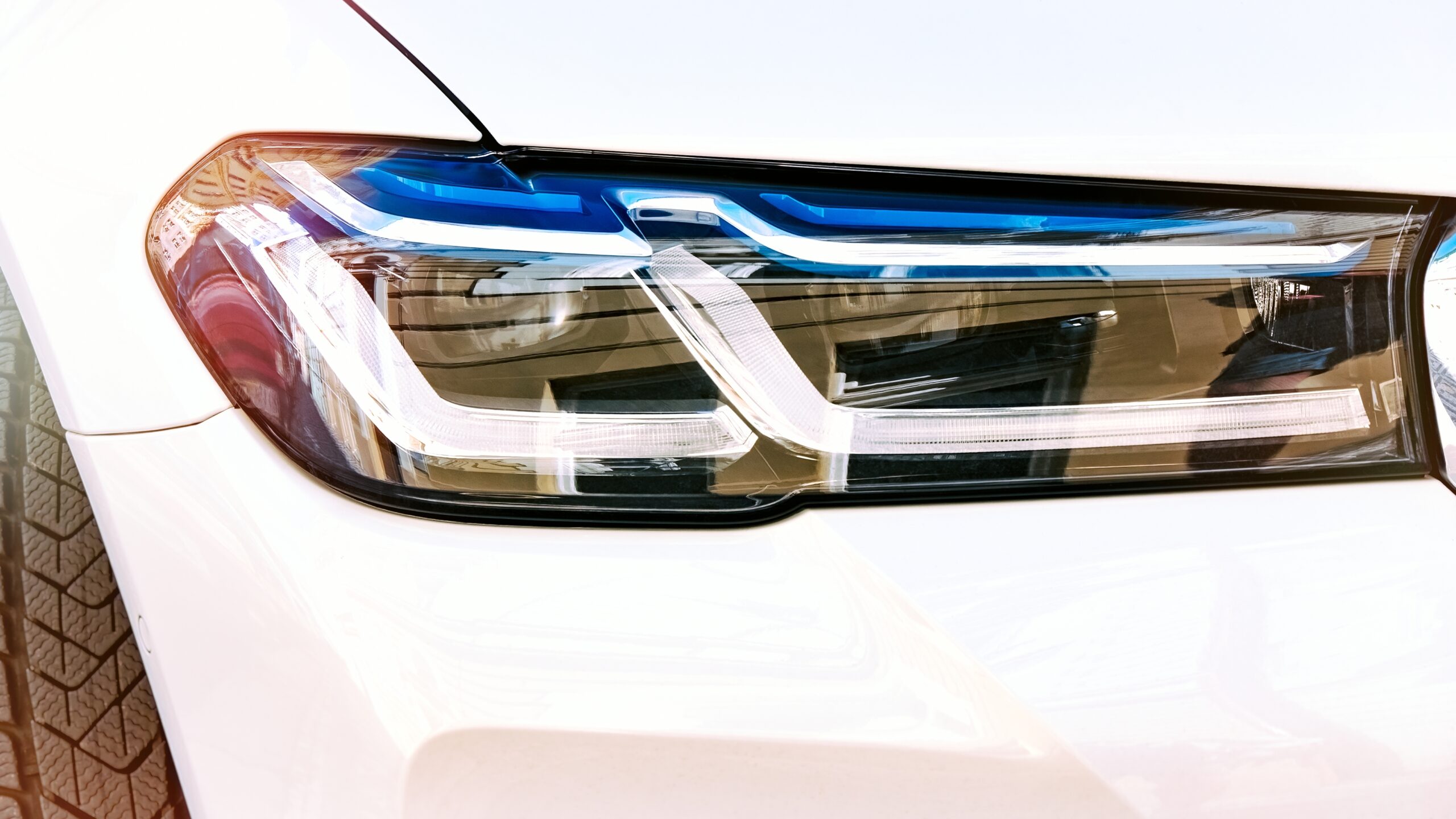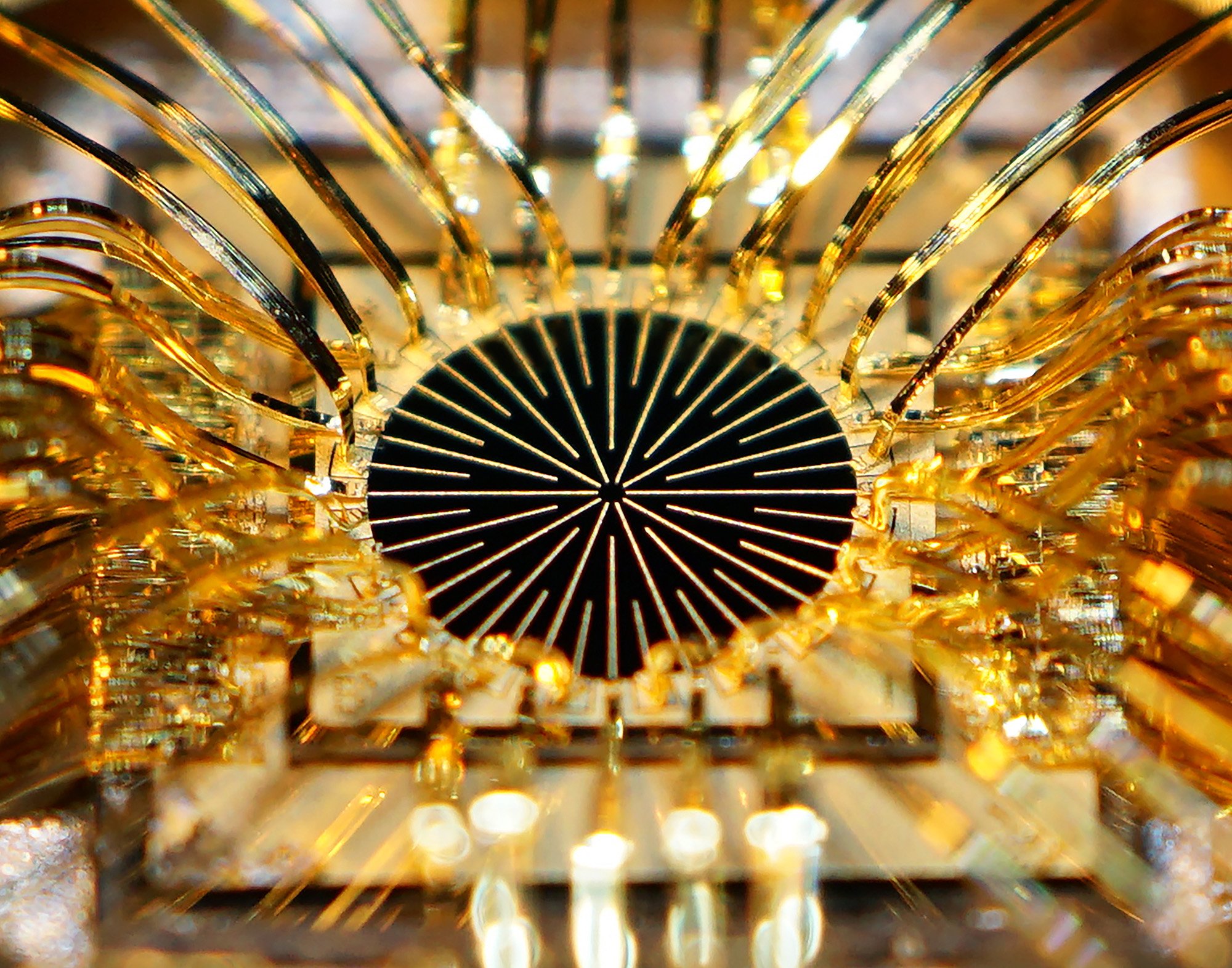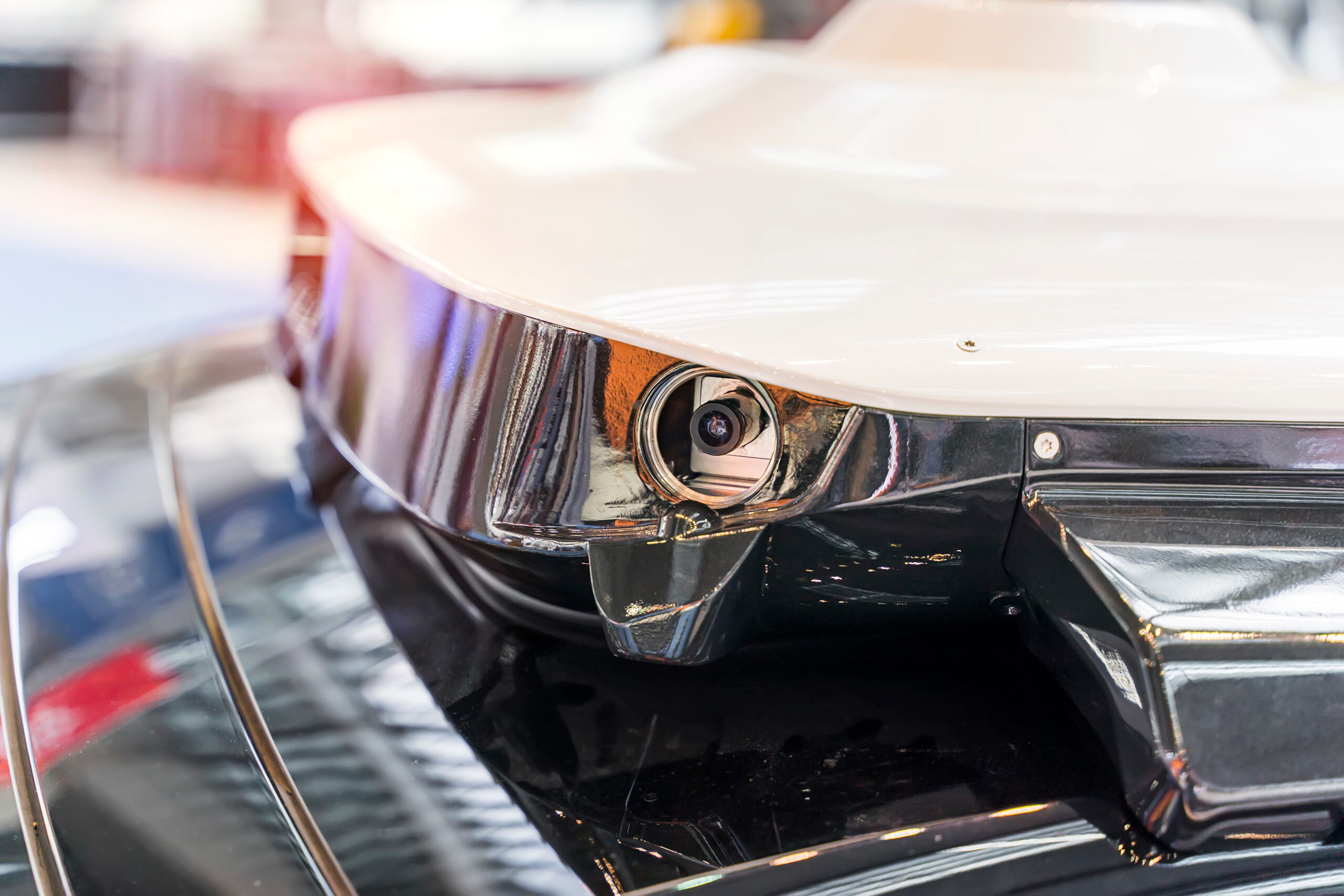At the first PSCEL conference, 50% of attendees came from industry, which was a clear signal of the commercial sector’s curiosity and intent.
One of PCSELs’ greatest strengths is spatial and temporal coherence, enabling the creation of collimated, spectrally pure laser beams.
As Professor Hogg explains: “The PCSEL is demonstrated to be the brightest and narrowest linewidth laser diode, so is of course of significant interest to all laser diode manufacturers.”
This makes PCSELs particularly well-suited for industrial materials processing, sensing, imaging, data transmission, and even LiDAR.
“Right now, power delivery in industrial applications for materials processing stands out,” Professor Hogg continued.
“At 1550nm, the PCSEL may make a great source for eye-safe LiDAR, but it seems that the automotive industry has not decided on a particular LiDAR technology yet.”
From a manufacturing perspective, PCSELs offer clear advantages. Their vertical emission allows for on-wafer testing and potentially lower packaging costs.
However, challenges remain. As Gannicliffe points out: “Reliability is a key issue. The PCSEL usually utilises a void close to the junction of the diode. This is very new, and there is limited information about the effect this has on power conversion efficiency, and reliability.”
Another concern is repeatability in manufacturing. “The manufacturing scale-up is of course critical,” says Professor Hogg, “but the PCSEL has some advantages here in wavelength targeting over DFBs, for example.”
The UK is particularly well placed to lead in this emerging field, with several companies and university research centres actively pursuing the technology, including Aston University, The University of Glasgow, and Vector Photonics.
So, what’s next? For Professor Hogg, it starts with investment at a national level.
“For the UK, we need to capitalise on our current lead. Internationally, I think we need that killer application that establishes the PCSEL in its rightful position as the laser diode class of choice. This will trigger widespread industrial and academic invention.”
With continued research, investment, and collaboration, PCSELs could very well become a foundational technology in tomorrow’s photonics-driven world.









